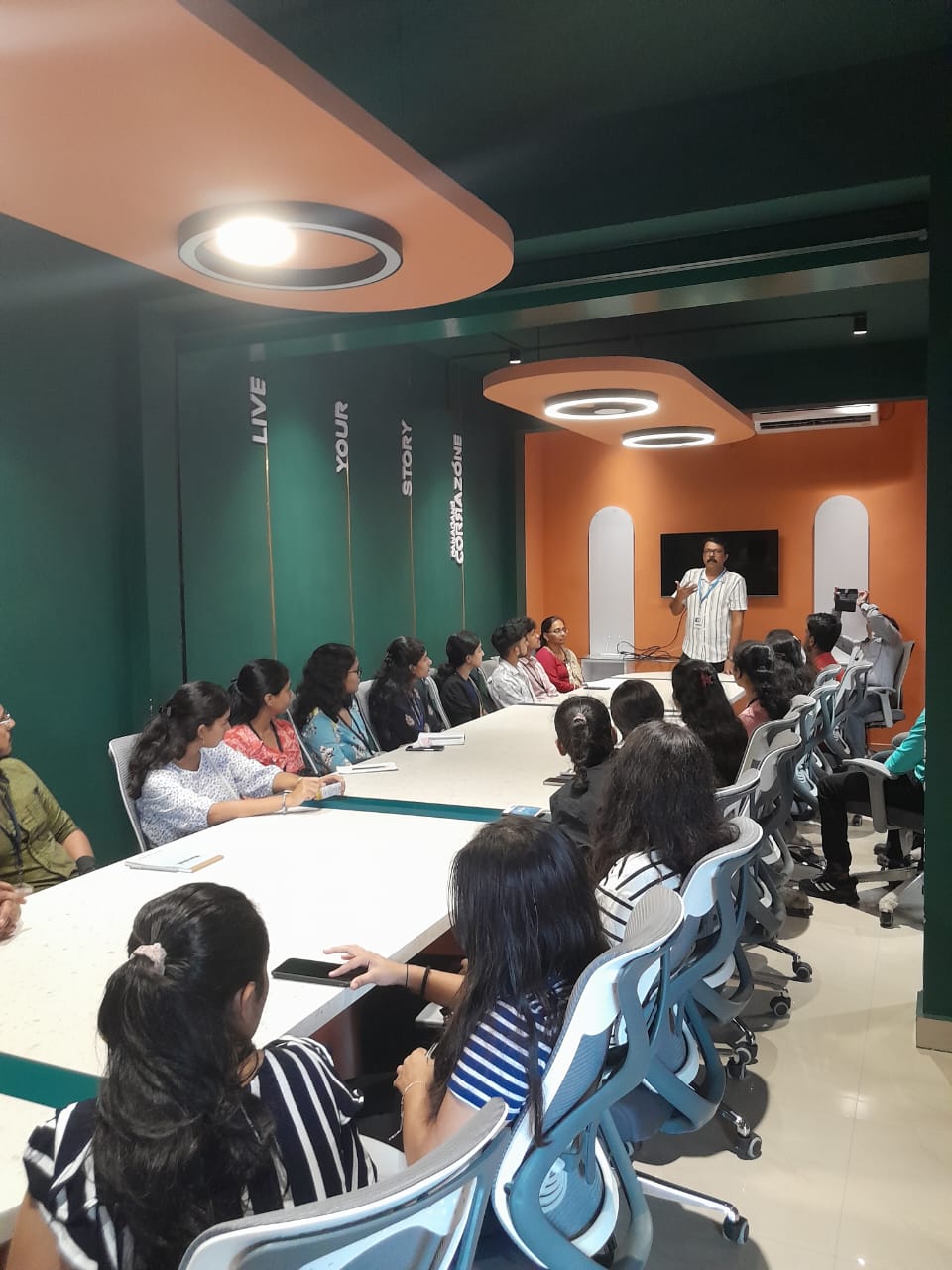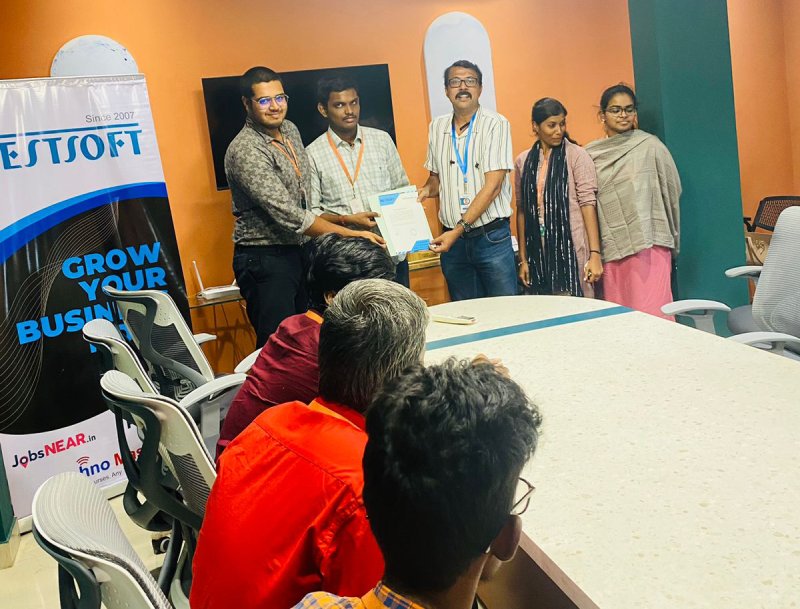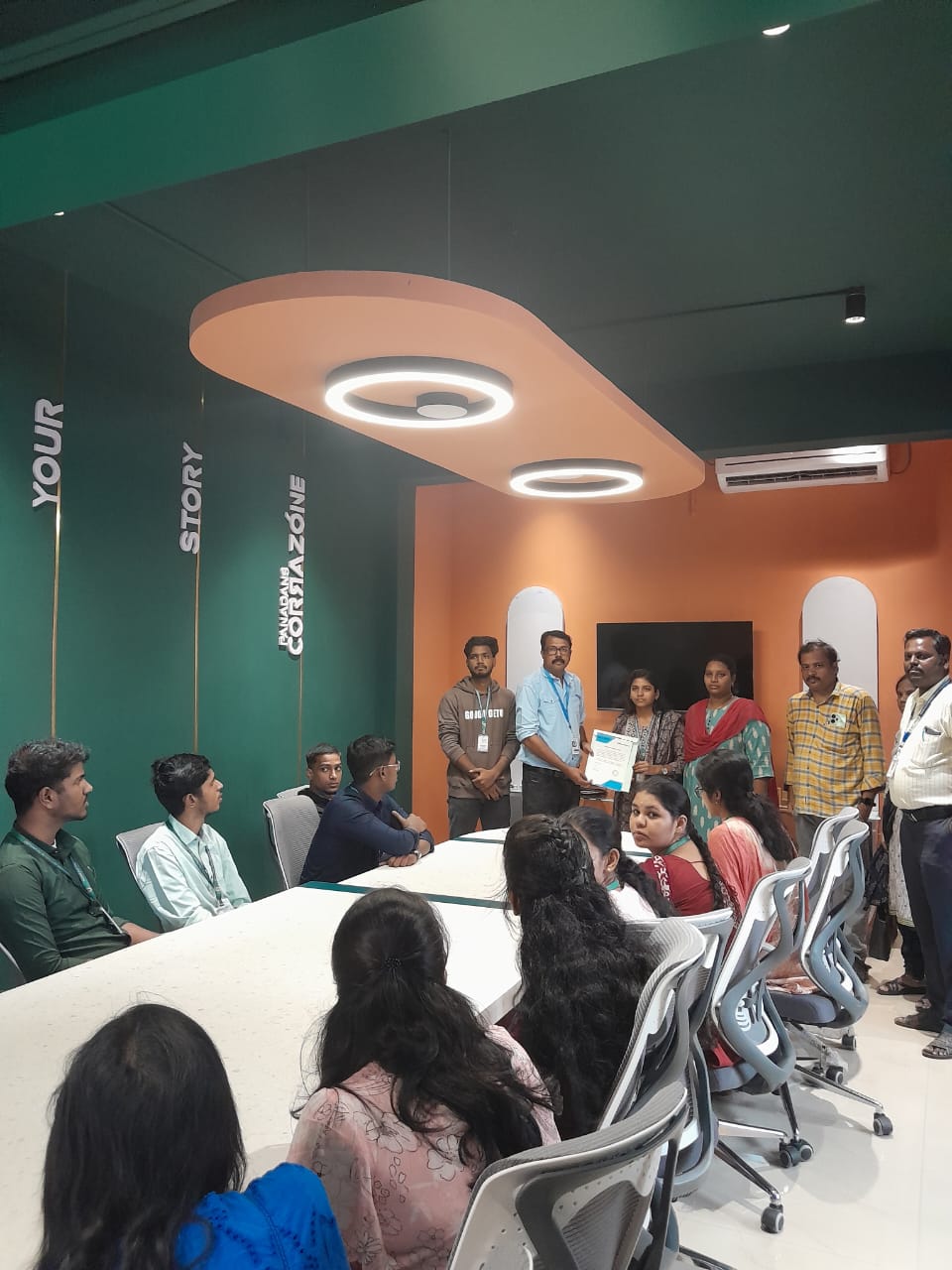iOS Training by Experts
Our Training Process

iOS - Syllabus, Fees & Duration
-
iOS Development Environment
- Introduction to iOS SDK
- What’s new in iOS9
- SDK Tools
- What’s new in Xcode7
- Using XCode
- Using Interface Builder
- Using iPhone Simulator
-
Swift Language Basics
- Core Data Types
- String Type
- Tuples & Optional
- Constants & Variables
- Statements & Operators
- Control Flow & Decisions
- Functions
-
Basic Object Oriented Programming using Swift
- Structs
- Types versus instances
- Member and static methods
- Custom initialization & De-initialization
- Classes
- Initialization
- Methods
- Properties
-
Advanced Object Oriented Programming using Swift
- Optional
- Introducing optional
- Unwrapping an optional
- Optional binding
- Nested Types
- Generic Types
- Protocol
- Optional
-
Memory Management
- Reference Counting Basics
- Automatic Reference Count
- Retain Cycles
-
iPhone Application Basics
- Anatomy of an iPhone application
- Application Lifecycle and States
-
User Interface Programming– Basics
- UI Kit Framework
- XIB and Interface Builder
- Window & View
- Basic User Controls
- Labels, Text Fields, Buttons, Sliders, Picker etc.
- Building application screens
- Alerts and Action Sheets
-
Auto-layout and Constraints
-
View Controllers
- Basics
- Creating View Controllers
- Content vs Container View Controllers
- Orientation Management
-
User Interface– Special Views
- Image View
- Scroll View
- Table Views
- Populating and configuring Table View
- Data Source and Delegate
- Table View Cells
- Custom Cells
- Editing Table View
- Collection View
-
Multiple View Controllers
- Applications with Multiple Views
- Presenting View Controllers
- Animating View Switching
-
Storyboards
- Storyboard File
- View Controller and Scene
- Segue
- Invoking a Segue
- XIB and Storyboards
- Table View Cell Prototype
-
Multi Touch and Gestures API
-
Data Persistence - 1
- File System
- SQLite
-
Data Persistence - 2
- Core Data
- NS User Defaults
-
Concurrency and Background Execution
- GCD and Closures
- NS Operation and NS Operation Queue
- Background execution
-
Networking, Connectivity
-
Multimedia
This syllabus is not final and can be customized as per needs/updates




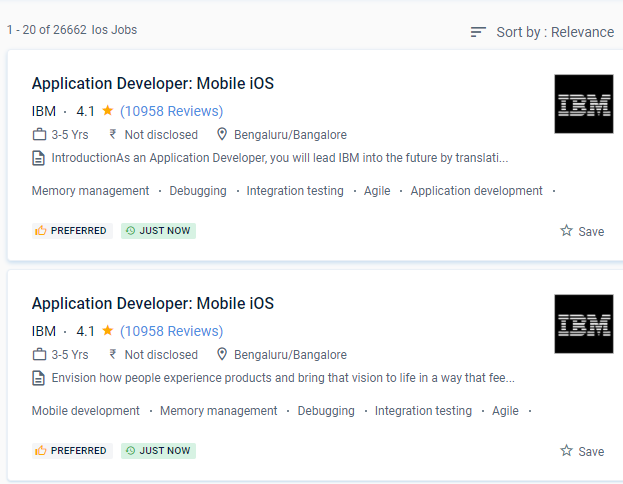
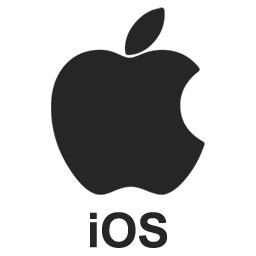 Before you, iOS coaching always offers a whole new door to a profession.
Every iOS app runs well on an iPhone, giving a great user experience that is typically required for a business.
The primary benefit of iOS app development is that it assists business owners in maintaining data privacy and user identity. Most developers these days don't have much expertise with iOS development, thus you'll be able to find work at reputable companies. Apps communicate with hardware through a set of well-defined system interfaces. It offers a powerful combination of hardware and software, as well as complete client support and maintenance throughout the app's lifecycle.
Our instructor has over ten years of experience working in MNCs in the fields of iOS App Development and related technologies. Although it was the first mobile operating system to be published, it only supported Apple's devices, which had a significant impact on the number of users. We designed our curriculum to align with real-world requirements at all levels, from beginner to advance. The ultimate effect is that practically every piece of software on the Apple store performs flawlessly.
Before you, iOS coaching always offers a whole new door to a profession.
Every iOS app runs well on an iPhone, giving a great user experience that is typically required for a business.
The primary benefit of iOS app development is that it assists business owners in maintaining data privacy and user identity. Most developers these days don't have much expertise with iOS development, thus you'll be able to find work at reputable companies. Apps communicate with hardware through a set of well-defined system interfaces. It offers a powerful combination of hardware and software, as well as complete client support and maintenance throughout the app's lifecycle.
Our instructor has over ten years of experience working in MNCs in the fields of iOS App Development and related technologies. Although it was the first mobile operating system to be published, it only supported Apple's devices, which had a significant impact on the number of users. We designed our curriculum to align with real-world requirements at all levels, from beginner to advance. The ultimate effect is that practically every piece of software on the Apple store performs flawlessly.











































































